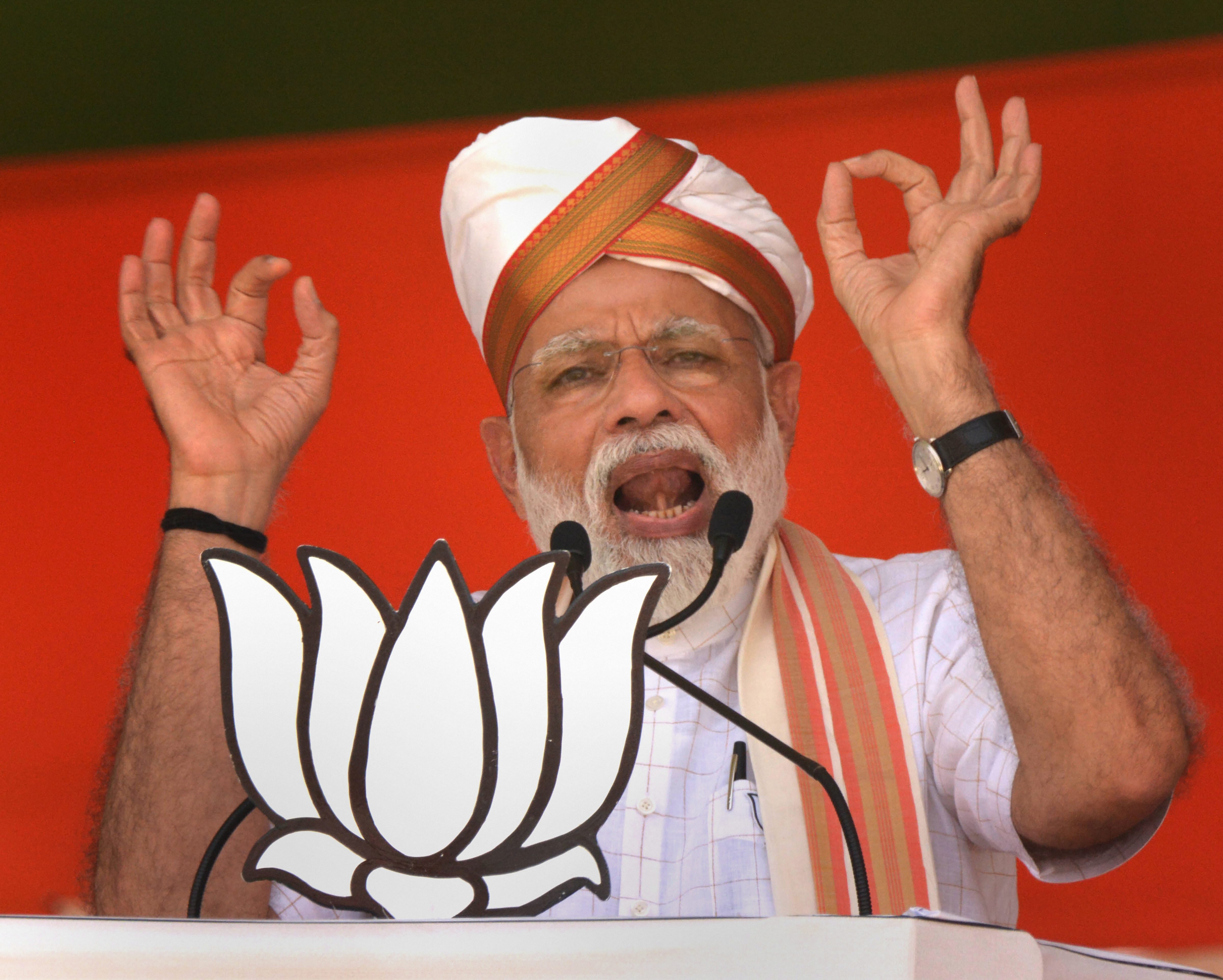
New challenges to Modi govt in neighbourhood

India’s neighbourhood and the international political scene are far more taut and tense now than when Prime Minister Narendra Modi’s government first took office in May 2014. The challenges in foreign policy therefore for the new government are far more complex and crucial.
Take Pakistan first. In 2014, the then prime minister Nawaz Sharif was invited for the swearing in followed by bonhomie between him and Modi. This led to the unprecedented action of Modi visiting Lahore in an unscheduled visit, raising hopes of a new peace between the two long-bickering neighbours. The hope briefly flickered before dying out following the terror attack on Pathankot in January 2016.
This time around, Prime Minister Imran Khan has been left out of the invitee’s list for Modi’s swearing-in. In February, following the Pulwama attack and the subsequent air strike on Pakistan’s Balakot followed by a brief air skirmish relationship between the two dived to a new low. While Khan has expressed hope that relationship will improve, the Modi government will have to weigh the situation and make a sober choice on the way forward as continuing tensions may not be in the best interests of the country.
Maldives was problematic when Modi took over due to a government hostile to India. But that was sorted out in Male through a presidential election in 2018 that replaced pro-China Abdulla Yameen with pro-India Ibrahim Mohamed Salih. No surprise that Modi is reportedly visiting that country first after the swearing in.
Relationship with China is however far more complex. During his first term, the ties were of “a blow hot blow cold” nature. While the initial impression was that the two Asian neighbours were setting off on a easygoing relationship, with President Xi Jinping visiting India in September 2014 and Modi going to China in May 2015 it belied what was to come – in the form of Doklam in June 2017.
India alleged incursion and construction activity by Chinese troops in the tri-junction with Bhutan in the Doklam area. For a few weeks, tensions dramatically rose and there were doubts whether it would lead to a conflagaration, the first since the 1962 war. However, sanity prevailed and a compromise was struck between the two, though what the deal was has never been publicly revealed by either side.
This was followed by an informal trip in April 2018 to China by Modi where he met Xi to clear any misunderstanding following Doklam. But, India has maintained a distance by not joining Beijing’s Belt and Road Initiative (BRI). The irony is that China is India’s largest trading partner and that runs in parallel with a patchy political relationship between the two. One major positive development for India was China agreeing to go with the United Nations Security Council on terming the Kashmiri separatist group Jaish-e-Muhammad chief Masood Azhar a global terrorist.
The Indian government would do well to leverage on China’s gesture to further consolidate their mutual relationship and iron out long-standing wrinkles with its neighbour including the decades old border dispute.
The real challenge is however Iran. With the United States breathing down the Modi government’s neck to stop buying oil from Teheran as part of Washington’s economic sanctions against that country, India’s foreign policy is under test.
Until now, the Modi government has shown no signs of resisting US pressure and has stopped buying oil from Iran. By buckling under US pressure, New Delhi has for all purposes let down Teheran with whom it has shared a historically close relationship. This is one issue that the Modi government would need to relook and recalibrate, even if it means angering the US. No doubt it is tricky but antagonising Iran may hurt Indian interest in the neighbourhood.
Already, there are reports that Teheran is looking to Pakistan for linking its Gwadar port to Iran’s Chabahar port. India had earlier signed a deal with Teheran to use Chabahar to link to Afghanistan and beyond to the Central Asian republics. This would have enabled New Delhi to skirt Pakistan. But, that seems to have been undone.
As for relations with the United States, the Modi government has taken India ever more close to Washington. The US renamed its Pacific command as the Indo-US Pacific command to mark the closeness between the two. From a geopolitical standpoint, since 1991, India has aligned itself with US interests and Modi has carried forward the Congress-led UPA’s legacy.
The challenge for the Modi government is to reassert India’s independent standing in the international community. While it may be useful for New Delhi to have Washington as its friend, it may be questionable whether it helps India to be seen as being the lesser partner in the relationship.


